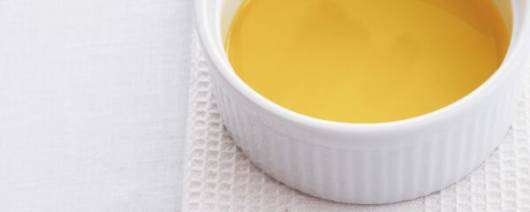
- Ingredient Name:Bilberry Extract
- Functions:Phytochemical
- Labeling Claims:Kosher, Halal
- Certifications & Compliance:Hazard Analysis Critical Control Point (HACCP), Halal, BRC Certified, Kosher, EU Novel Foods, ISO 9001
- Physical Form:Solid, Powder
Originally used as a medicinal plant in Europe in the 16th century, the leaf has traditionally been used as an astringent, anti-inflammatory, antibacterial, strong, with weak anti-diabetic activity, and has been used in various botanical drug mixtures for the treatment of diabetes. The leaf contains a component (glucoquinine) which has been shown to reduce blood sugar in the experiment. According to the modern research, the leaf preparation has been suggested to be used in the treatment of rheumatism and gout in Germany.Berries are an ancient food in Northern Europe. In Scotland, berries are eaten with dairy products and used in pie chemicalbooks, fruit tarts, syrups and juices. Berries are also used to make wine. A decoction or juice of dried berries is used as an astringent, a diuretic, a nutritional strongener, an antiscurvy, and a hemostatic for diarrhea and dysentery. Teas containing dry, powdery berries are used as antiemetics and astringents for oral inflammation in oral cleansing. European cranberry is already used as an over-the-counter drug in Germany, the fruit preparation is used for acute diarrhea and mild inflammation of the mouth and throat, is also allowed as an oral agent in France, and is used as a dietary supplement in the United States.